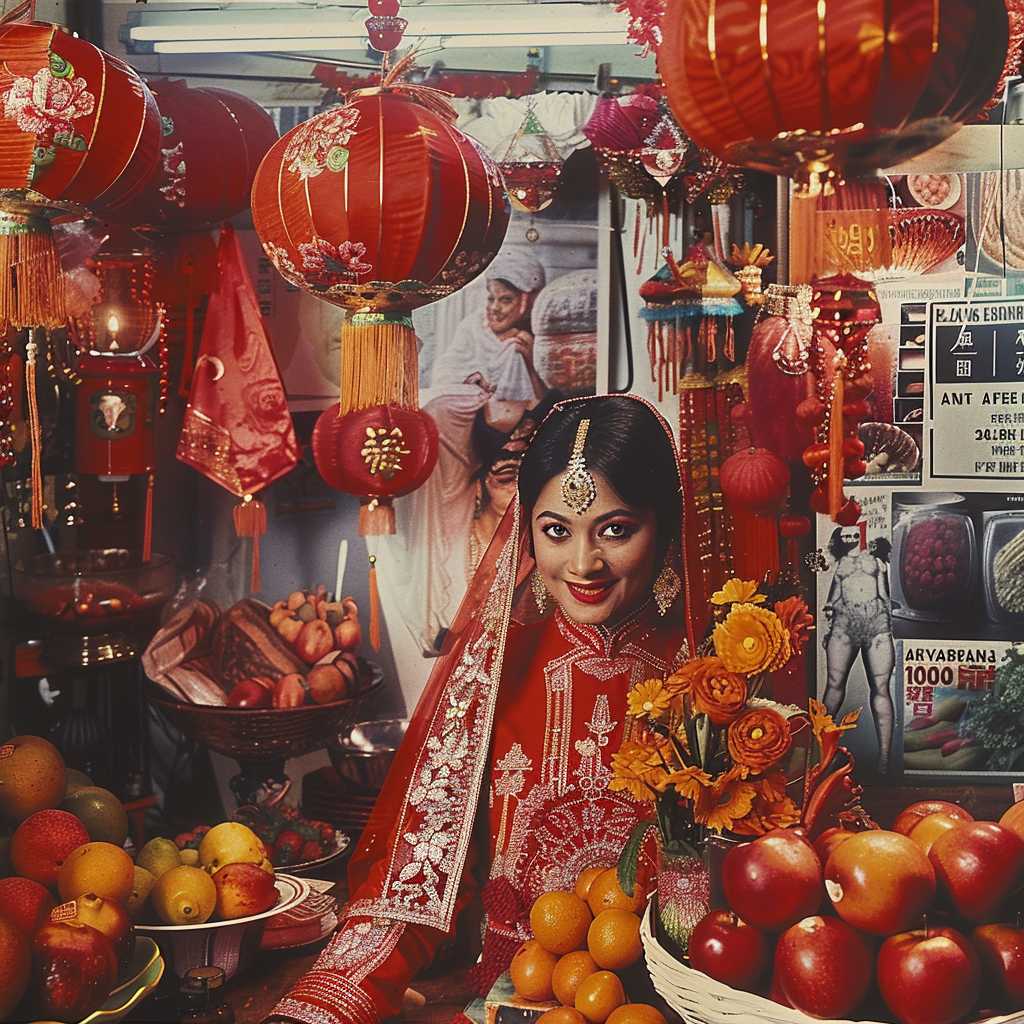Exploring the Significance of the Color Red: Cultural Impact, Psychology and Symbolism
The color red is one of the most powerful and emotive hues in our spectrum. It evokes strong feelings and has significant cultural, psychological, and symbolic meanings across the globe. This comprehensive article will dissect the multifaceted nature of red, delving into its historical context, its use in branding and marketing, its psychological impact, as well as its symbolic connotations in various cultures.
Historical Significance of Red
The history of red is as old as humanity itself. In ancient times, red pigments were some of the first to be used by humans in art and decoration, resonating through centuries as a color of power and status.
During antiquity, red dyes were difficult to produce and hence were often expensive and reserved for the wealthy or for ceremonial purposes. In Europe, red was commonly associated with aristocracy and religious authority. The robes of Catholic Cardinals and the insignia of royalty frequently featured red, underlining its significance.
Ancient warriors utilized red in their uniforms to intimidate opponents—empires such as Rome famously adorned their soldiers in red tunics. Moreover, in Eastern cultures, particularly China, red has long been a symbol of good luck and prosperity, playing an integral role in festivals and important rituals like weddings.
Psychology of Red
In psychological terms, red can have profound effects on human behavior and emotions. Often considered the most visually impactful color on the spectrum, red can quicken pulse rates and signal urgency. This can heighten sensations of excitement or aggression depending on context.
In contemporary psychology, color theory explores how red can stimulate energies, encouraging action and confidence. However, it also comes with caution—the same vibrancy that conveys passion and love can also denote danger or error (think of stop signs or correctional ink).
Red in Branding and Advertising
In branding and advertising, companies leverage the stimulating effects of red to draw attention and evoke specific responses. Fast food chains like McDonald’s and entertainment platforms such as Netflix integrate red into their logos for immediate recognition and to convey a sense of excitement associated with their products.
Advertising often capitalizes on red as a call-to-action color because it can create a sense of urgency; for example, clearance sales use red tags to attract shoppers. The associations between red and energy are why some sports teams use it to energize fans and signify their competitive spirits.
Symbolic Meanings of Red in Culture
Red’s symbolism carries diverse meanings worldwide. In Western societies, red is commonly connected with love, desire, and Valentine’s Day. It stands at the heart of holidays that are imbued with strong emotions such as Christmas and New Year’s Eve.
In contrast to Western symbolisms where red can also signify danger or taboo (red-light districts being a case in point), Eastern cultural traditions imbue red with significantly different meanings. It is the color of celebration, happiness, and good fortune in this part of the world. During Chinese New Year, red envelopes containing money are gifted to convey blessings.
Furthermore, in Indian culture, brides often wear red saris as a representation of fertility and prosperity. Political movements have also adopted the color—with varying ideologies ranging from communism symbolized by a vibrant full-blooded red to solidarity for those living with HIV/AIDS signified by the red ribbon.
Red’s Role In Nature And Symbolism
In nature, red is as fundamental as it is striking—it signals ripeness in fruits which entices animals to consume and thus disperse seeds. Conversely, among animals such as frogs or insects, it can act as a warning sign embedded in their natural defense mechanisms.
Interestingly, seasonal changes bring about another layer of symbolism; autumn foliage becomes saturated with warm shades of scarlet pointing towards cycles of death followed by renewal—a powerful metaphoric canvas employed extensively by artists and poets.
Notes
Image Description: An array of objects painted various shades of red including fruit, flowers, signage, textiles like flags or clothes reflecting heritage symbolism represents various cultural contexts. Chinese lanterns hang alongside a depiction of a smiling bride adorned in traditional Indian attire; nearby stands a Roman soldier with a crimson cape under a vignette showing festive decorations bearing a romantic ambiance juxtaposed against warning signs sporting brash bold fonts demanding immediate attention.

